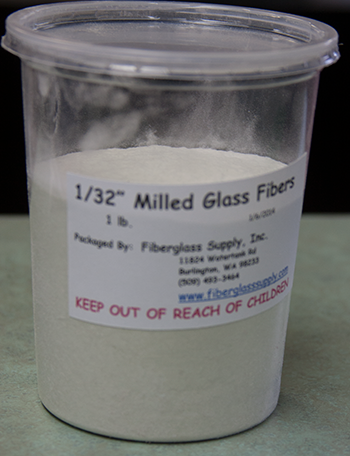JHZR2
Staff member
I have two old garage doors, which I’m refurbishing per discussion in other threads. I think this question/discussion is worthy of standalone for others who might have old wood that sees occasional moisture and that folks want to keep protected in good shape.
One door I had to redo the bottom. Years of water and splash just made the panels and some of the connecting bits too rotten.
The other one is salvageable. The bottom section is ok (will need to replace a few of the panels), all the main wood is pretty sound. The bottom has been unpainted for a long time, and there’s some degradation along the bottom. I don’t have a picture unfortunately.
It’s probably some form of “dry rot”, I don’t know. But it’s sort of just like old grey wood where some of the softer fibers are more sunk in. I don’t know how else to define it.
Anyway, I want to seal things, make it all right and weatherproof, etc. I was thinking to perhaps do some sort of skim coat of an epoxy on the bottom of the door, to stabilize everything, provide a barrier to the contact with the cement, and fill in a few spots where the bottom is uneven.
I’ve seen DIY where people making live tables pour epoxy into holes in wood to get a hard cured material that will last. I don’t have holes or voids, just this softer wood that has seen if not a century, probably at least 75 years of weather. I just want to strengthen it up before paint.
Any thoughts on doing this? I’m thinking a low viscosity, relatively fast cure epoxy, brushed on them sanded after the cure.
I know sometimes bondo is used on wood rot. But that’s to fill big gaps. I’m just looking for a bit of weather protection and sealing the surface.
Thoughts??
One door I had to redo the bottom. Years of water and splash just made the panels and some of the connecting bits too rotten.
The other one is salvageable. The bottom section is ok (will need to replace a few of the panels), all the main wood is pretty sound. The bottom has been unpainted for a long time, and there’s some degradation along the bottom. I don’t have a picture unfortunately.
It’s probably some form of “dry rot”, I don’t know. But it’s sort of just like old grey wood where some of the softer fibers are more sunk in. I don’t know how else to define it.
Anyway, I want to seal things, make it all right and weatherproof, etc. I was thinking to perhaps do some sort of skim coat of an epoxy on the bottom of the door, to stabilize everything, provide a barrier to the contact with the cement, and fill in a few spots where the bottom is uneven.
I’ve seen DIY where people making live tables pour epoxy into holes in wood to get a hard cured material that will last. I don’t have holes or voids, just this softer wood that has seen if not a century, probably at least 75 years of weather. I just want to strengthen it up before paint.
Any thoughts on doing this? I’m thinking a low viscosity, relatively fast cure epoxy, brushed on them sanded after the cure.
I know sometimes bondo is used on wood rot. But that’s to fill big gaps. I’m just looking for a bit of weather protection and sealing the surface.
Thoughts??
Last edited:






